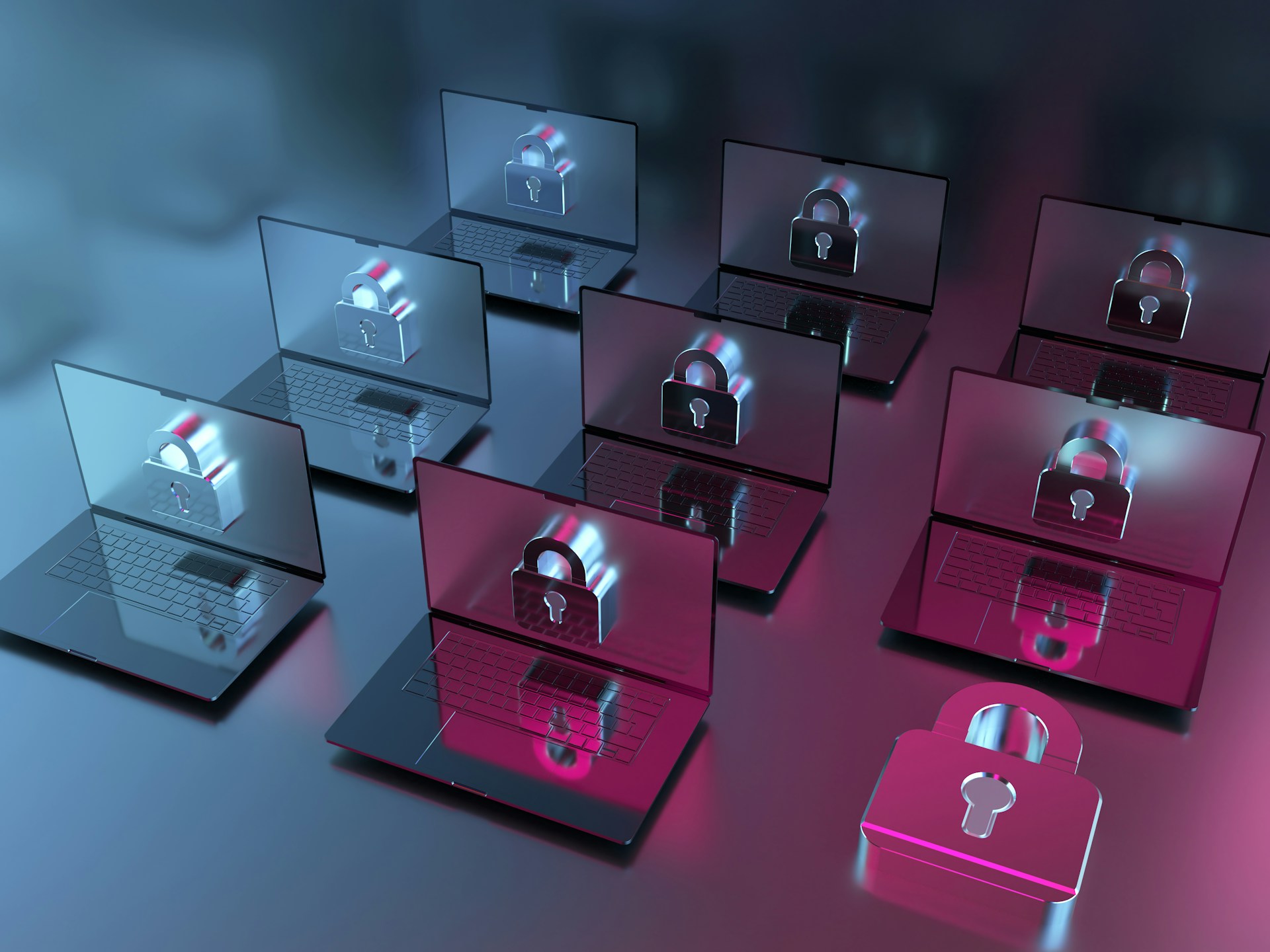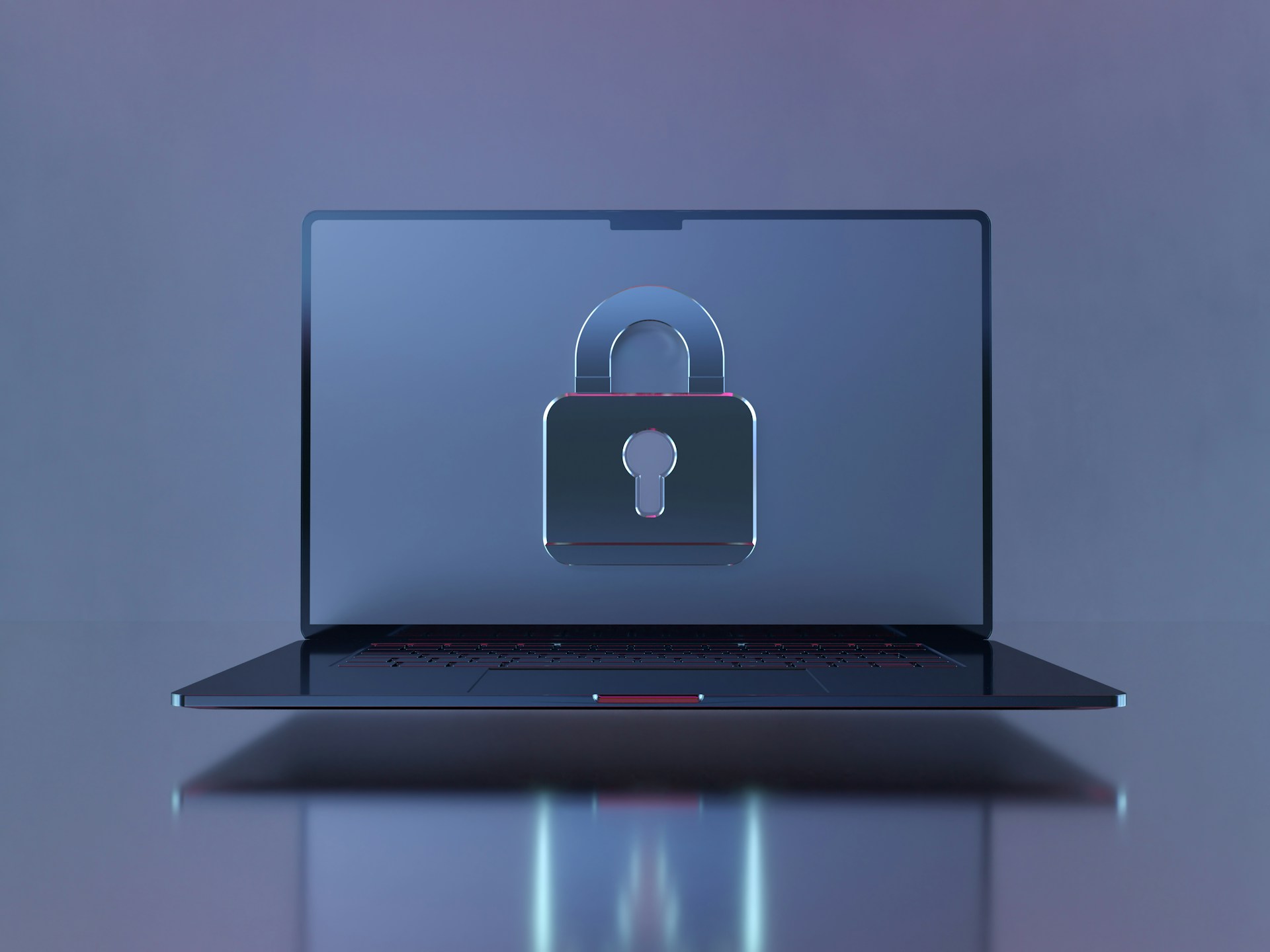Home » How DMARC Is Still Critical and Why Regular Monitoring is Essential
By Cian Fitzpatrick | 15th October 2024
Email continues to be the cornerstone of communication for organisations across the globe, despite the growing popularity of instant messaging platforms and collaboration tools. While most users are familiar with sending and receiving emails, the layers of security that work behind the scenes to protect senders and recipients from phishing, spam and email fraud are less well known.
Three essential technologies, SPF (Sender Policy Framework), DKIM (DomainKeys Identified Mail), and DMARC (Domain-based Message Authentication, Reporting & Conformance), form the backbone of email authentication.
These tools work together to ensure that emails are legitimate, secure and protected from tampering or fraud. Yet, simply implementing these technologies isn’t enough; organisations must continually monitor and adjust their configurations to maintain optimal security.

At its core, email authentication is about ensuring that a message comes from the domain it claims to be from. This is particularly important as phishing attacks (in 2023, nearly 9 million phishing attacks were detected worldwide), email spoofing and other types of fraud continue to grow in sophistication. Cybercriminals often exploit email by forging the “From” address to trick recipients into believing that a message came from a trusted source.
Email authentication technologies like SPF, DKIM and DMARC use cryptographic techniques to verify the identity of the sender and protect the message from tampering. When set up correctly, these systems not only block fraudulent emails but also help protect an organisation’s reputation and ensure reliable email deliverability.
Despite these technologies being widely adopted, their complexity means that they require ongoing maintenance. Even organisations that have reached DMARC compliance in their first year of implementation must keep a close eye on their configurations.
Why?
Because the digital threat landscape is ever-evolving, and so too are the systems and applications within organisations that handle email. Without continuous monitoring, new risks go undetected.
Let’s break down each of these technologies to understand their roles in email security:
SPF is a standard email authentication method that allows the owner of a domain to specify which IP addresses are authorised to send emails on behalf of that domain. When an email is received, the recipient’s server checks the SPF record of the sender’s domain to verify whether the email is coming from an authorised source.
If the email’s origin doesn’t match the SPF record, it may be marked as spam or rejected outright.
SPF helps prevent email spoofing by validating that the sending IP address is legitimate, but it doesn’t validate the content of the message or prevent it from being tampered with once sent.
DKIM is a more sophisticated method that adds a digital signature to the email header, allowing the recipient’s email server to verify that the message has not been altered in transit.
It also ensures that the email was sent from an authorised domain.
The process works by using cryptographic keys: the sender’s server adds a DKIM signature to the message, which the recipient’s server verifies using the public key stored in the sender’s DNS records. DKIM provides a layer of security that not only validates the sender’s domain but also checks the integrity of the email content.
DMARC builds on SPF and DKIM, creating a policy layer that determines how an email that fails authentication should be handled. Domain owners can specify whether emails that fail SPF or DKIM checks should be rejected, quarantined, or monitored. DMARC also provides reporting, giving domain owners visibility into who is sending emails on their behalf and whether any fraudulent activity is occurring.
Google and Yahoo threw their weight behind DMARC in late 2023. This is a big, positive development for email security.
DMARC’s strength lies in its ability to combine both SPF and DKIM into a comprehensive solution for preventing phishing and spoofing attacks.
Many organisations believe that once they have implemented DMARC and reached compliance, their email security is locked in place. However, this is far from the truth. DMARC, like all security measures, requires ongoing monitoring and adjustments to stay effective.
In the first year of DMARC implementation, organisations typically focus on aligning their known systems and domains to become DMARC-compliant. By the second year, however, the situation changes. New systems may be introduced, new domains may be added, and external service providers may change how they send email on your behalf. These changes can introduce vulnerabilities if not carefully managed.
Continuous monitoring is vital for several reasons:

For organisations in their second year of DMARC implementation, the focus shifts from initial setup to maintenance and refinement. Here’s what Topsec Cloud Solution provides in this ongoing service:
The email landscape changes constantly. New domains may be added as your organisation grows, new email platforms may be adopted and external providers may update their systems in ways that could affect your email authentication.
Without ongoing monitoring, you risk facing issues such as email rejection, reduced deliverability, and, worse, exposure to phishing attacks.
SPF, DKIM and DMARC are essential tools in the fight against email fraud. These technologies provide significant protection, but they are not a one-time fix.
Ongoing DMARC monitoring is necessary to ensure that your email systems remain secure, compliant, and effective in combating the ever-evolving threats that target your organisation.
In Year 2 of your DMARC journey, regular monitoring becomes even more crucial as your email infrastructure grows and changes. By continuously monitoring and adjusting your DMARC, SPF and DKIM configurations, you can protect your domain, maintain high deliverability rates and stay ahead of malicious actors.
Contact our team for an email security expert to review your current setup. We will ensure that your organisation is protected now and your systems remain secure in the years ahead.

Sign up to get regular updates about email security
You have successfully subscribed to the newsletter
There was an error while trying to send your request. Please try again.